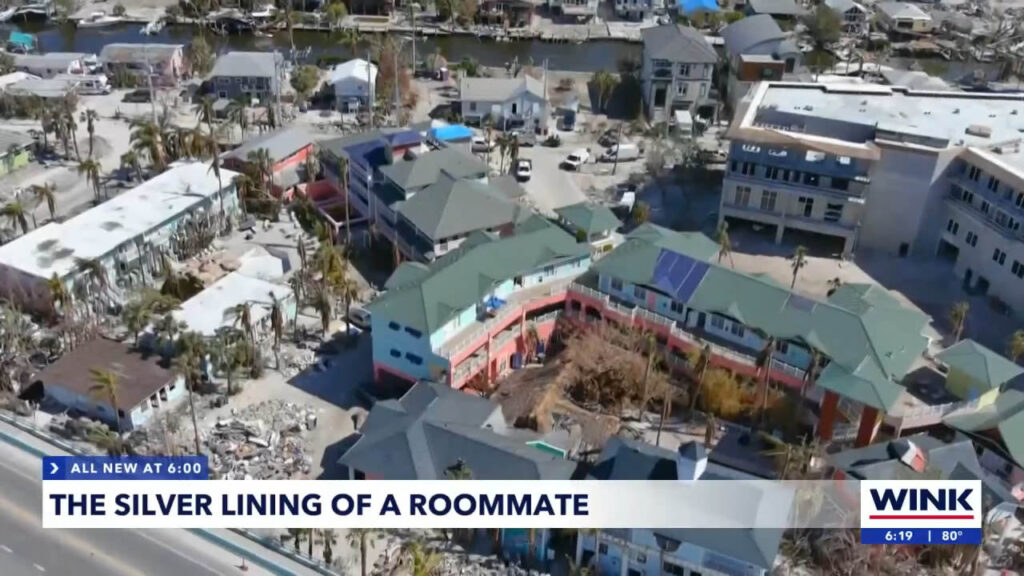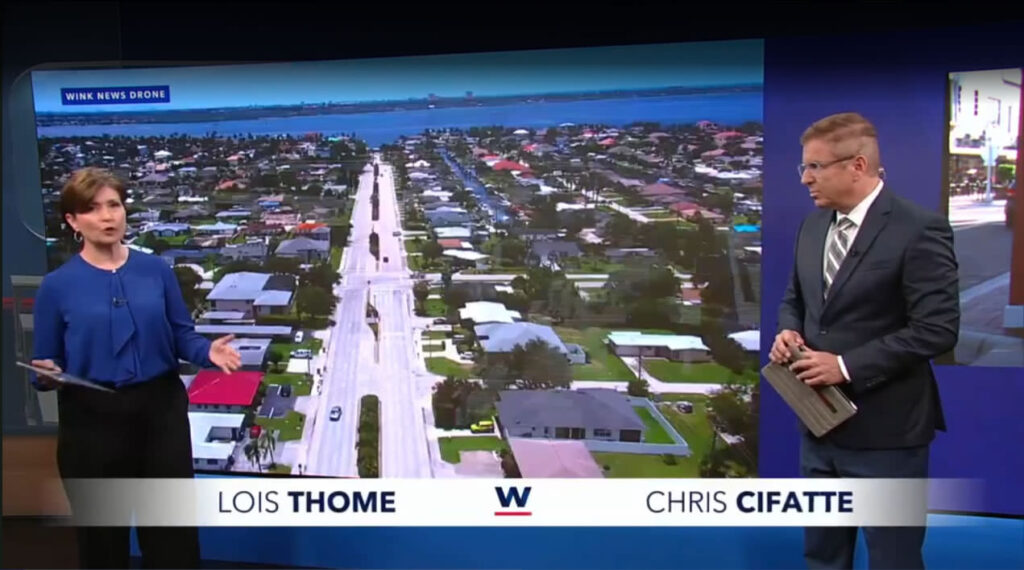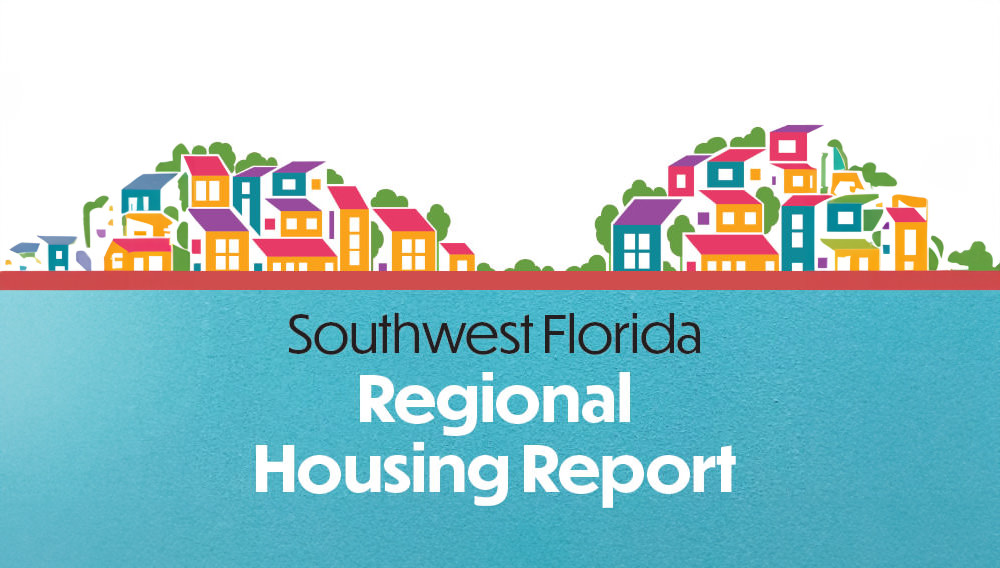Our Goal: Ensure 80% of people in SWFL have access to housing and transportation that costs less than 45% of their income by 2040.

IMPACT DASHBOARD
Goal: Ensure 80% of people in SWFL have access to housing and transportation that costs less than 45% of their income by 2040. Click each metric to learn more.Trend
Today
Goal
Housing & Transportation Affordability
...
...
This percentage indicates the number of people in SWFL that spend less than 45% of their income on their housing and transportation combined. This is measured at the neighborhood level. It takes into account how much of a household's income is spent on rent or mortgage and utilities. But transportation costs tend to be higher when housing is not located near things like job centers, healthcare and grocery stores. So, both housing and transportation must be considered together. In short, housing and transportation affordability are fundamental quality of life indicators.
We need to this number by
When we started our work, this percentage was 27.77%
Trend
Today
HUD Median Family Income
$...
Tracking the median family income in the region is important for understanding if people in our region can really afford to live here. Our coalition’s goal is to ensure that 80% of people in Southwest Florida can afford housing and transportation that costs no more than 45% of their income by the year 2040. By monitoring the median income, we can tell if families are earning enough to meet this goal. If incomes are not keeping pace with the rising costs of living, it becomes harder for families to afford their homes, cars, gas, car maintainance and insurance, which impacts our goals.
2 Bedroom Median Rental Cost
$...
Tracking the median rental cost in the region is crucial to understanding housing affordability and whether we're meeting the coalition’s goal. If rental prices are rising faster than incomes, it pushes more households into cost-burdened situations, where they spend more than 30% of their income on rent. Monitoring the median rental cost helps us assess whether there is enough housing available at many price levels and guides our efforts to increase the supply of attainable rentals, ensuring we stay on track toward our broader affordability goals.
Mean travel to work (minutes), workers 16+ years
...
Tracking the mean travel time to work is important because it provides insight into how much time people in our region spend commuting, which directly impacts their quality of life and overall affordability. Long commutes can lead to higher transportation costs, more stress, and less time for family, and other activities. For our coalition’s goal of ensuring that housing and transportation costs together don’t exceed 45% of income, reducing commute times can play a key role. If people have to travel long distances to get to work, they often end up spending more on gas, car maintenance, or public transportation, which puts a strain on their budgets. By monitoring travel times, we can better understand whether people are living near their jobs or if housing affordability is pushing them farther away, leading to higher costs and less time for daily well-being.
Total Auto costs for a year (Gas, car ownership and maintainance)
$...
Tracking the total cost to own and operate a car is essential because transportation costs make up a significant portion of many families' budgets, especially in regions like ours, where public transit is limited. This includes expenses like gas, maintenance, insurance, and vehicle payments, all of which can add up quickly. To meet our coalition’s goal, keeping car ownership costs manageable is critical. When families spend too much on their cars, it leaves less room in their budget for housing and other essential needs. By monitoring these costs, we can better understand how transportation affordability affects overall financial stability.













Through collaborative efforts, our coalition partners use collective impact strategies to create projects focused on achieving our primary goal: helping individuals and families in Southwest Florida access housing that fits within their budgets.